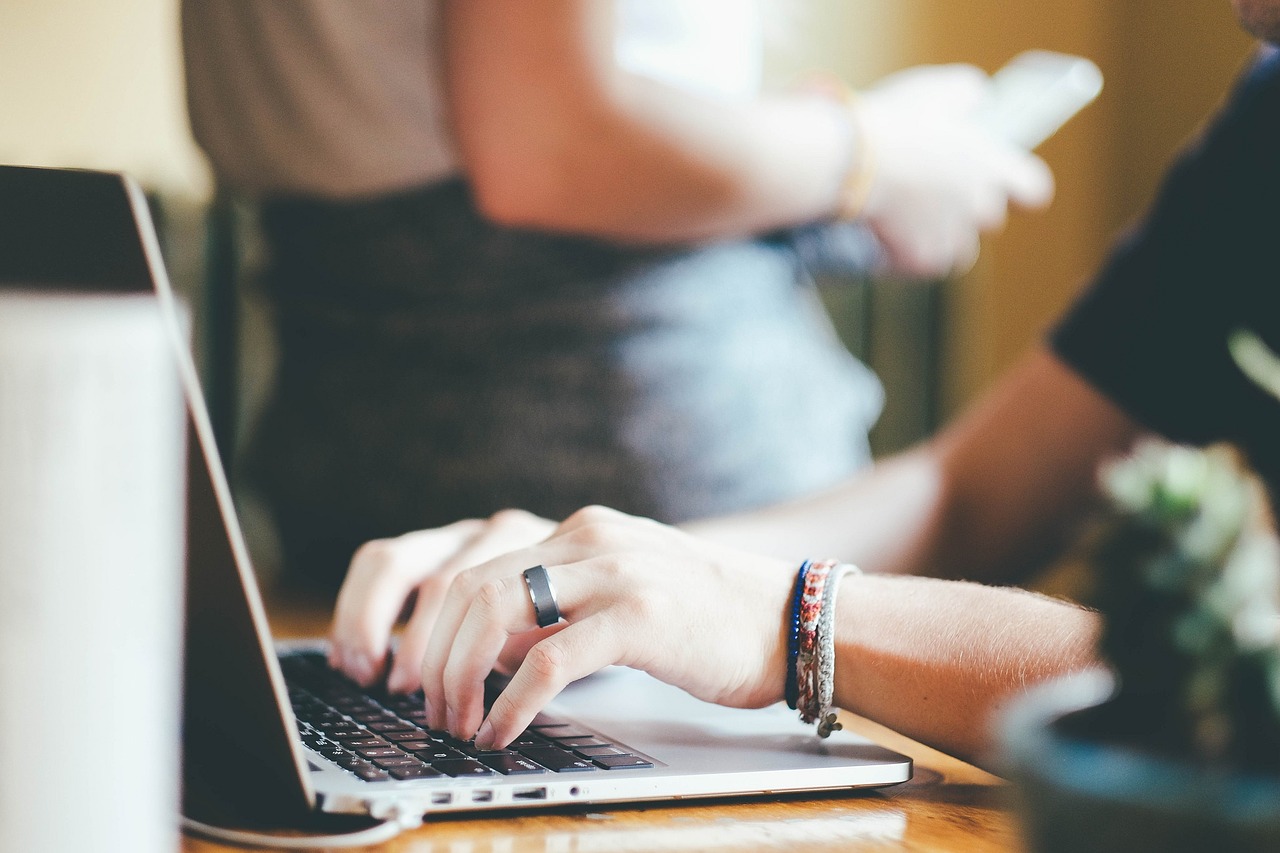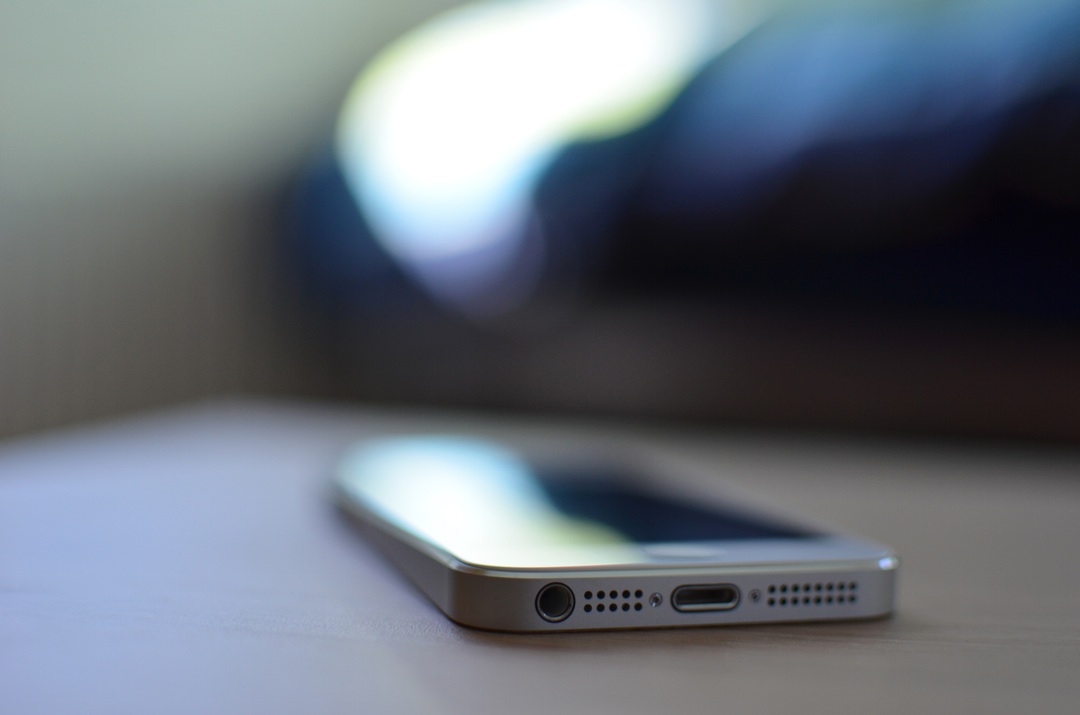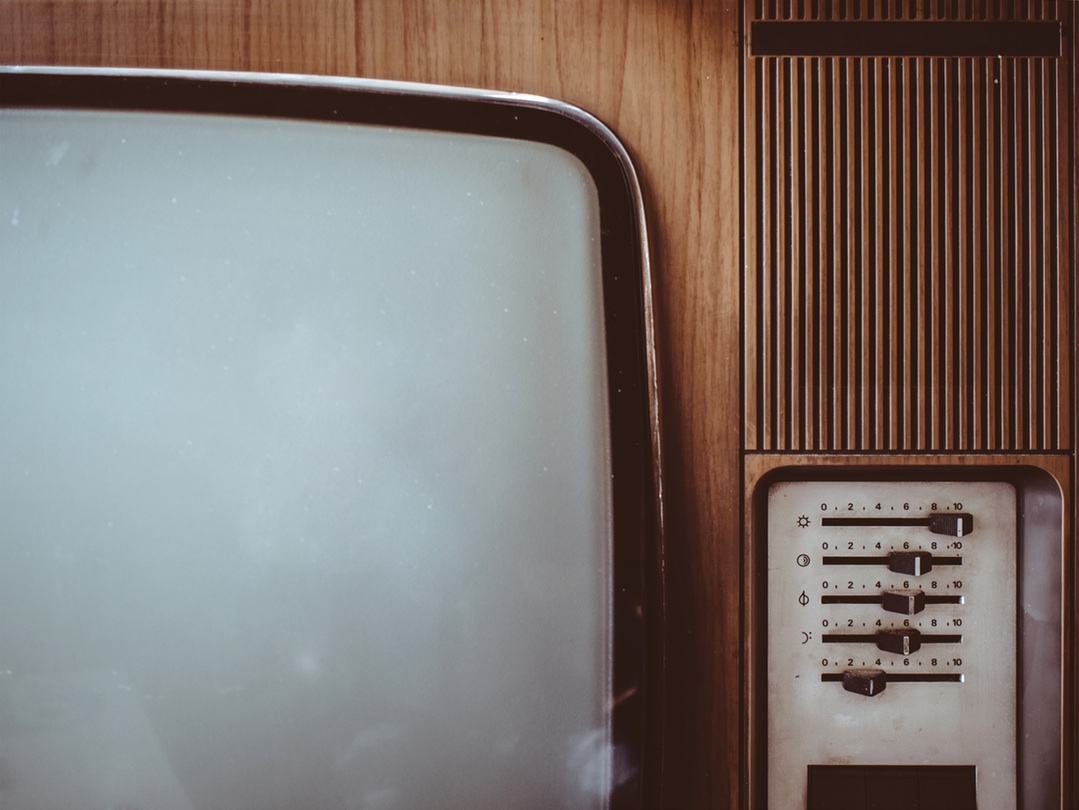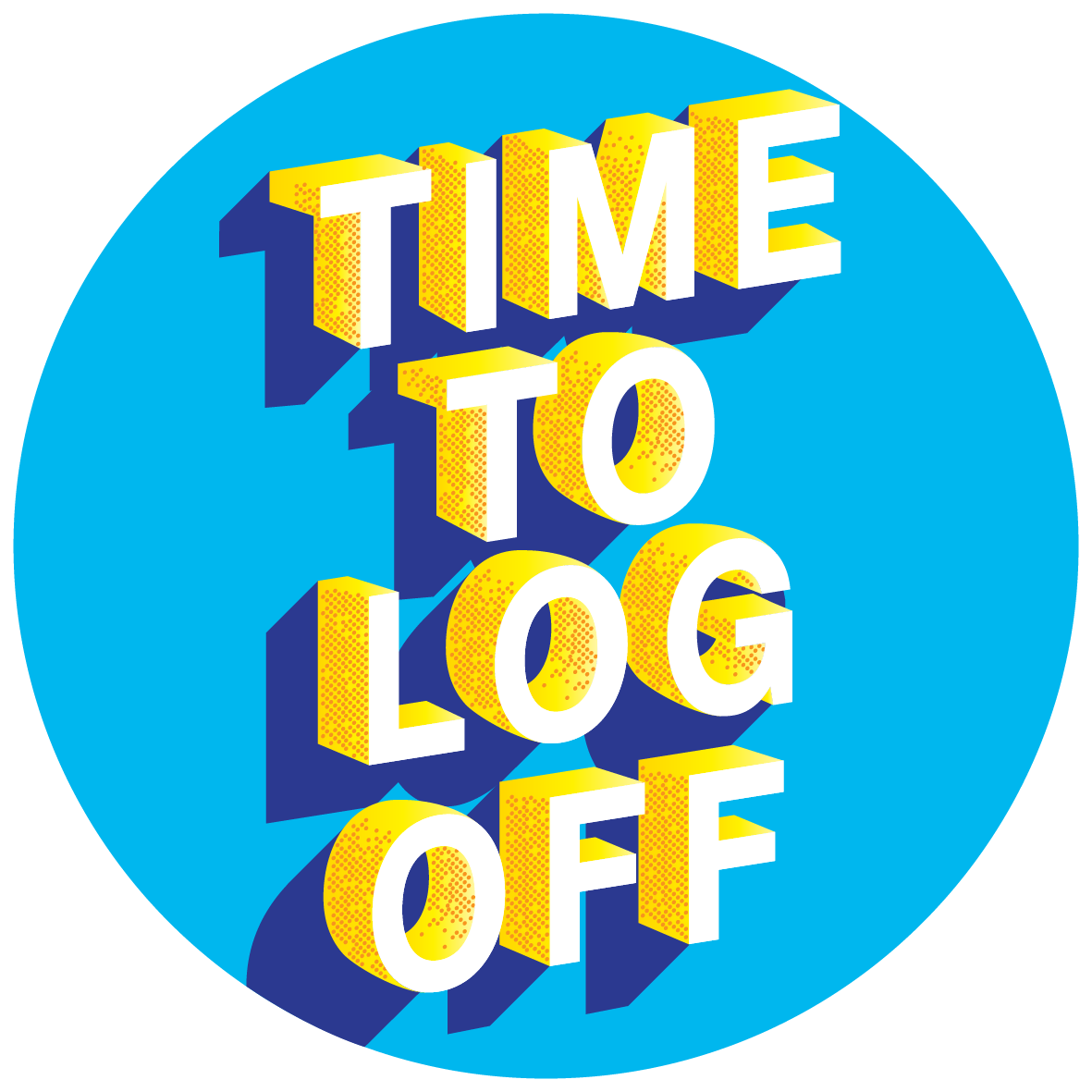
06 May Slow tech doesn’t mean no tech
There is an increasing amount of evidence stacking up around the dangers of too much tech, on both our minds and our bodies. Quite often, however, we still find ourselves explaining what a digital detox is to a lot of people.
We want to promote a healthy balance between your technology and your real life. We want to promote face-to-face connections, rather than those through a screen.
This doesn’t mean that we want you to give up all forms of technology, pull a total Bear Grylls and live in the forest eating snakes, however. We’d rather you just evaluated how much tech you use each day and look at potential ways you could reduce this.
But what tech do we use? The immediate things spring to mind – phones, tablets, laptops – but some other devices may not. So we’re doing a roundup of devices you might have, and how you can reduce your time on them.
Laptops

Laptops are often the hardest device to tackle when it comes to a digital detox – so we’ll start there. We know it’s the modern age, and modern life demands much of us that would be impossible without a laptop or PC. Many of us require them for work, it would be impractical to send out meeting requests in the post.
But this doesn’t mean you should be constantly attached to your laptop. Cutting down the time you spend on it is imperative. It’s important to look at the sites you browse the most and work out where you can cut down time. Plugins such as timeStats can allow you to see what sites you use the most frequently – often the perpetrators are social media, but sometimes it can be other sites, such as shopping or even Wikipedia. Once you’re mindful about your habits, then can you start to tackle them.
This doesn’t – however – mean you should switch devices. Because you’re cutting out social media or shopping on your laptop, that’s not an excuse to use it more on your phone or tablet.
Smartphones and tablets

Our smartphones are typically the other big digital vices in our lives. There is no doubt in anyone’s mind, let alone ours, that these devices are incredible. They help us all stay connected across great distances and time zones. They bring us closer together, whether it’s families, friends or even your tweeps. They help us gain answers and knowledge to things we would have otherwise never known.
But as with anything, too much can be a bad thing – a fact that is being recognised more and more. Whether it’s boot camps for internet-addicted teenagers, or research proving that half of us think we’re ‘addicted’ to our phones, we know that this is a real problem.
But our smartphones can be one of the simplest areas to cut down our screen time. As with anything, just because you can, doesn’t mean you should. Do you really need all those apps on your phone?
A good way to tell is to head to you Battery screen, which you can find in Settings. You’ll be able to see which apps you used over the last 7 days. Any that you’re spending too much time on – such as social media – might be good candidates to remove.
Conversely, any that you haven’t used at all are also good candidates for deletion. Don’t worry if you’ve paid for them, or might need them in the future, you can always redownload them. But getting rid of them is a great first step to decluttering your digital life.
TV

TV, whilst not so much of a vice any more (unless Game Of Thrones is on), is still digital. When undertaking a digital detox, it might be worth assessing how much TV you watch too. Different age groups have different digital vices, and those that use their phone less might have a higher TV intake.
Instead, why not try and fill your time with other activities? There are a whole host of activities that you could undertake on your digital detox days, but why not try slotting a couple of these into your evenings as well? You may even realise you don’t miss TV.
Another excellent way to cut down TV time, without going cold turkey and throwing away your TV, is to remove the aerial. That way, you can still watch the TV shows you really care about on DVD or Netflix, but still cut down on time spent mindlessly watching another episode of The Real Housewives.
Alarm clocks

While technically, an alarm clock has a digital face – we can definitely give it a free pass. Most of us use our phones as alarm clocks, leading to 80% of us checking them first thing in the morning. So, if it’s a choice between having an alarm clock and not checking your phone versus having your phone by your bed and checking it first thing, we’d choose the alarm clock.
For this reason, an alarm clock is possibly one of, if not the, most important item when it comes to a digital detox. It’s one of the simplest steps towards undertaking a digital detox and we love ours so much that we even included them in our Christmas gift guide last year.




Sorry, the comment form is closed at this time.